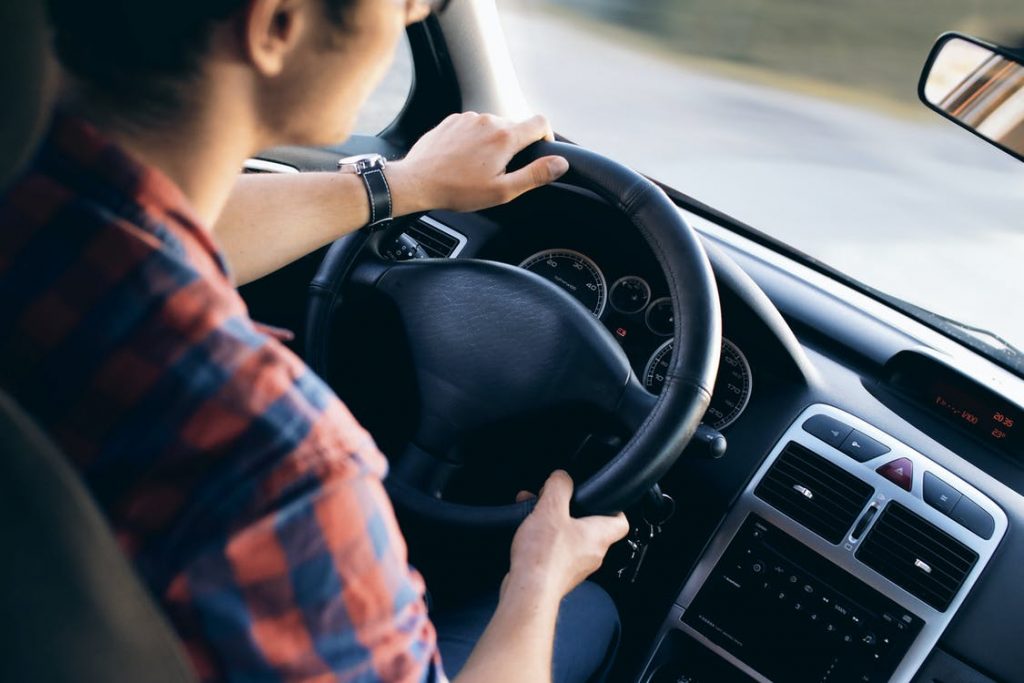The primary goal of a car’s suspension is to connect it to its wheels. It might sound trivial at first but, it does require a complex system of various components since a heavy moving object such as a car, especially at high speeds opens up numerous challenges.
Suspension Function
When used on a road car, the suspension has a couple of functions and it is to provide a comfortable ride and nice handling. For instance, you are driving a car to check houses for rent Corinda, your ride is referred to how the car is dealing with the changes in the road’s surface, how it is coping with the undulations, curbs, bumps, changes in camber, potholes and so forth. The suspension is making sure that the car will be able to handle any uneven surfaces and distribute that energy that’s generated when driving.
With handling on the other hand, it is referred to the role of the suspension with regards to the car’s dynamics and also, it describes how the vehicle would react to driver’s input. For instance, the way how it is behaving when changing directions and when it is put in braking.
Car Racing Suspension
Now, when the suspension is brought to a real race like F1, it still has two same functions but the parameters this time is different. In F1’s suspension, handling and ride still play an important role but, there’s a third quality being considered, which is known to be aerodynamics. Also known as platform control.
The faster that an F1 car drives, the more downforce it is generating. When it is traveling at blazing speeds, it is capable of generating downforce that is more than its actual body weight. With that, the suspension must be engineered in a way that it can handle the additional load when the car goes extremely fast.
The Challenge that an F1 Suspension Endures
Thus, the suspension installed in an F1 must be able to guarantee that the ride height and pitch of the car are perfectly controlled. This way, the aerodynamics can work its full potential regardless of the change in downforce at varying speeds.




